4-Chloro-3-sulfamoylbenzoyl chloride
- CAS NO.:70049-77-3
- Empirical Formula: C7H5Cl2NO3S
- Molecular Weight: 254.09
- MDL number: MFCD08063955
- EINECS: 274-288-3
- SAFETY DATA SHEET (SDS)
- Update Date: 2023-04-23 13:52:06
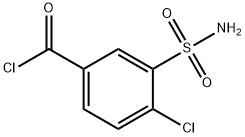
What is 4-Chloro-3-sulfamoylbenzoyl chloride?
The Uses of 4-Chloro-3-sulfamoylbenzoyl chloride
4-Chloro-3-sulfamoylbenzoyl chloride is an intermediate used in the synthesis of indapamide, a diuretic used in the treatment of high blood pressure.
Properties of 4-Chloro-3-sulfamoylbenzoyl chloride
| Melting point: | 158-160 °C |
| Boiling point: | 424.6±55.0 °C(Predicted) |
| Density | 1.621±0.06 g/cm3(Predicted) |
| vapor pressure | 0Pa at 25℃ |
| storage temp. | Hygroscopic, Refrigerator, under inert atmosphere |
| solubility | Acetontrile (Slightly), DMSO (slightly) |
| form | Solid |
| pka | 9.23±0.60(Predicted) |
| color | White to Off-White |
| Stability: | Moisture Sensitive |
| CAS DataBase Reference | 70049-77-3(CAS DataBase Reference) |
Safety information for 4-Chloro-3-sulfamoylbenzoyl chloride
| Signal word | Danger |
| Pictogram(s) |
 Corrosion Corrosives GHS05  Exclamation Mark Irritant GHS07 |
| GHS Hazard Statements |
H302:Acute toxicity,oral H312:Acute toxicity,dermal H314:Skin corrosion/irritation H332:Acute toxicity,inhalation |
| Precautionary Statement Codes |
P260:Do not breathe dust/fume/gas/mist/vapours/spray. P261:Avoid breathing dust/fume/gas/mist/vapours/spray. P264:Wash hands thoroughly after handling. P264:Wash skin thouroughly after handling. P270:Do not eat, drink or smoke when using this product. P271:Use only outdoors or in a well-ventilated area. P280:Wear protective gloves/protective clothing/eye protection/face protection. P310:Immediately call a POISON CENTER or doctor/physician. P312:Call a POISON CENTER or doctor/physician if you feel unwell. P321:Specific treatment (see … on this label). P322:Specific measures (see …on this label). P330:Rinse mouth. P363:Wash contaminated clothing before reuse. P301+P312:IF SWALLOWED: call a POISON CENTER or doctor/physician IF you feel unwell. P301+P330+P331:IF SWALLOWED: Rinse mouth. Do NOT induce vomiting. P302+P352:IF ON SKIN: wash with plenty of soap and water. P303+P361+P353:IF ON SKIN (or hair): Remove/Take off Immediately all contaminated clothing. Rinse SKIN with water/shower. P304+P340:IF INHALED: Remove victim to fresh air and Keep at rest in a position comfortable for breathing. P305+P351+P338:IF IN EYES: Rinse cautiously with water for several minutes. Remove contact lenses, if present and easy to do. Continuerinsing. P405:Store locked up. P501:Dispose of contents/container to..… |
Computed Descriptors for 4-Chloro-3-sulfamoylbenzoyl chloride
New Products
3-Iodophenylacetic acid 3-Pyridineacetonitrile, α-hydroxy- 2-Propanamine, 1-chloro-, hydrochloride (9CI) 3-(hexyloxy)-4-(pyridin-3-yl)-1,2,5-thiadiazole 2-Hexyn-1-ol Dibenzo-18-crown-6 Nickel(II) perchlorate hexahydrate, 98% 4-Bromophenylacetonitrile, 95% 3-Bromo-4-fluoroaniline, 97% Sodium tetraborate decahydrate, 98% Palladium(II) acetate, trimer, Pd 99% 4-Bromo-2-chlorotoluene, 97% N N Dimethylformamide Dimethyl Acetal (Dmf Dma) 2,3-Dichloro Benzoyl Cyanide [Side Chain] Bis(2-Chloroethyl) Amine Hydrochloride L-Glutamic Acid Diethyl Ester Hydrochloride 5-(Difluoromethoxy)-2-Mercaptobenzimidazole 1-Ethyl-3-(3-Dimethylaminopropyl)-Carbodiimide Hydrochloride [EDC Hcl] 1,4-Napthoquinone Bromoiodomethane Sodium Bicarbonate Methylene Dichloride (MDC) Ethyl Acetate Indole-3-Carbinol (I3C)Related products of tetrahydrofuran
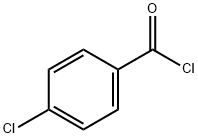
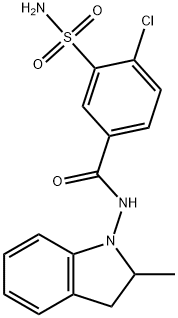

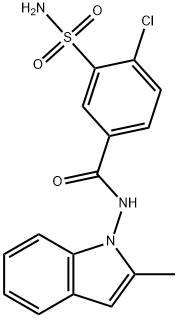
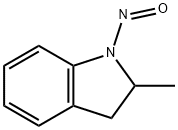
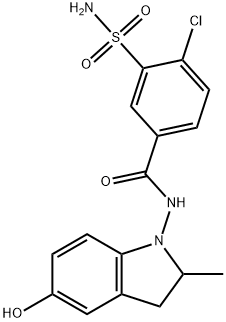


You may like
-
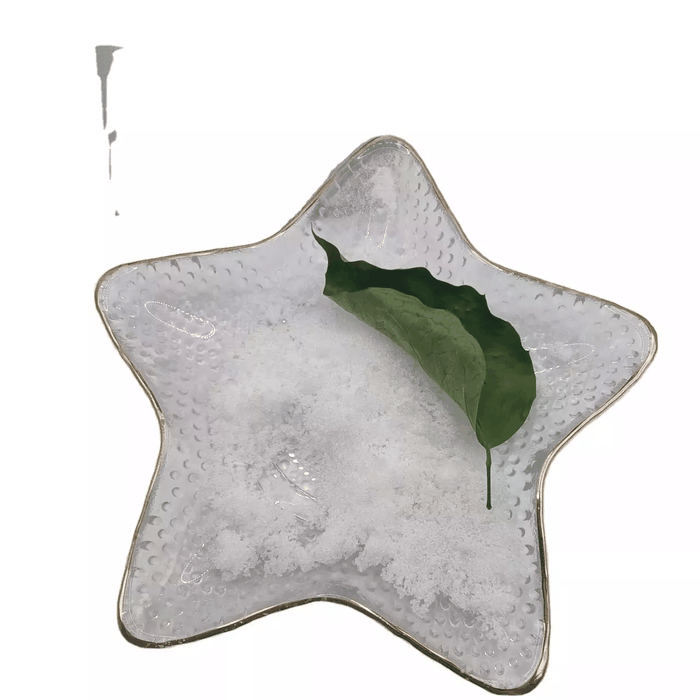 3-(Aminosulfonyl)-4-chlorobenzoyl chloride 99%View Details
3-(Aminosulfonyl)-4-chlorobenzoyl chloride 99%View Details -
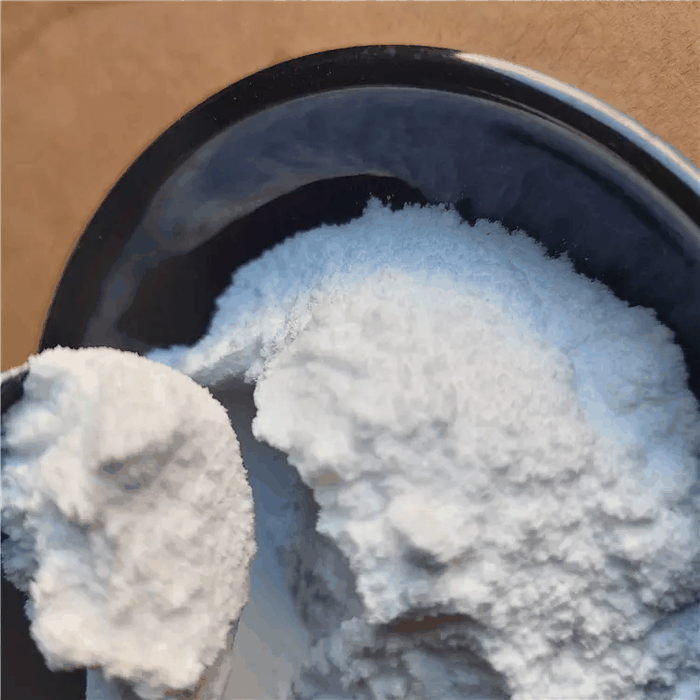 70049-77-3 99%View Details
70049-77-3 99%View Details
70049-77-3 -
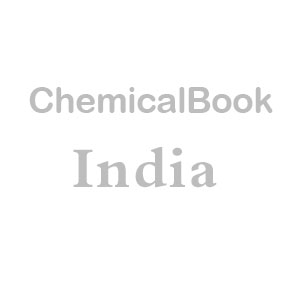 17604-74-9 3-Pyridineacetonitrile, α-hydroxy- 98+View Details
17604-74-9 3-Pyridineacetonitrile, α-hydroxy- 98+View Details
17604-74-9 -
 131987-69-4 98+View Details
131987-69-4 98+View Details
131987-69-4 -
 Cyclohexane, (2-propynyloxy)- 67967-07-1 98+View Details
Cyclohexane, (2-propynyloxy)- 67967-07-1 98+View Details
67967-07-1 -
 2-Propanamine, 1-chloro-, hydrochloride (9CI) 98+View Details
2-Propanamine, 1-chloro-, hydrochloride (9CI) 98+View Details
5968-21-8 -
 3-Iodophenylacetic acid 1878-69-9 98+View Details
3-Iodophenylacetic acid 1878-69-9 98+View Details
1878-69-9 -
 132945-75-6 (S)-1-Boc-3-methanesulfonyloxy-pyrrolidine 98+View Details
132945-75-6 (S)-1-Boc-3-methanesulfonyloxy-pyrrolidine 98+View Details
132945-75-6
Statement: All products displayed on this website are only used for non medical purposes such as industrial applications or scientific research, and cannot be used for clinical diagnosis or treatment of humans or animals. They are not medicinal or edible.
